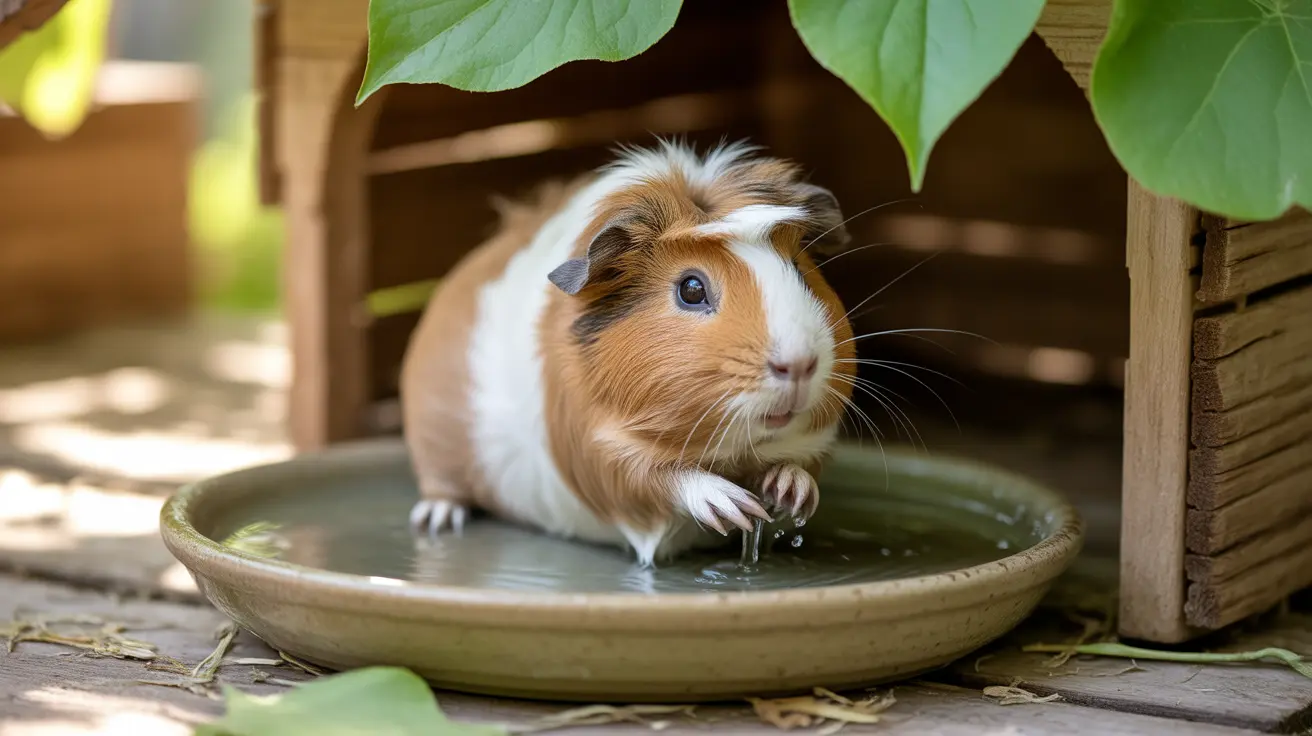Understanding How Quickly Sucralfate Works in Pets
Pet owners whose animals suffer from gastrointestinal (GI) issues often wonder how soon a medication like sucralfate will provide relief. Sucralfate is a trusted medication used in veterinary medicine to treat stomach ulcers, esophagitis, acid reflux, and other GI conditions in dogs and cats. Its mode of action is both unique and effective, forming a physical barrier over ulcerated tissue to protect it and promote healing.
How Fast Does Sucralfate Work?
Sucralfate begins to act within 1 to 2 hours of oral administration. During this time, it reacts with stomach acid to form a viscous, gel-like substance that adheres to damaged areas of the GI tract. This immediate coating action helps reduce discomfort and supports the healing process by shielding sensitive tissue from acid, enzymes, and irritants.
How It Works
- Forms a barrier: Once in the stomach, sucralfate transforms into a sticky paste that binds to ulcer sites.
- Protects tissue: It acts as a physical shield, preventing further damage from acid and digestive enzymes.
- Supports healing: The barrier allows the ulcerated tissues to regenerate more efficiently.
Factors Influencing Speed of Action
While sucralfate usually starts working within a couple of hours, several factors can affect how quickly and efficiently it takes effect:
- Form of medication: Liquid suspensions may act faster than tablets due to quicker absorption and coating efficiency.
- How it's administered: Diluting tablets into a slurry and giving them on an empty stomach improves performance.
- Existing GI conditions: The severity and location of ulcers may change the time it takes to notice improvement.
- Other medications: Concurrent drugs can interact with sucralfate, reducing or delaying its effect if not properly spaced.
Administration Guidelines
For the best results, follow these administration tips:
- Timing: Give sucralfate on an empty stomach, typically 30–60 minutes before feeding your pet.
- Dosing schedule: Administer every 8–12 hours depending on your veterinarian’s advice.
- Slurry preparation: When using tablets, crush and dissolve them in water to make a slurry, which coats the GI tract more efficiently.
- Medication spacing: Allow at least 2 hours between sucralfate and other medications to avoid decreased absorption.
Use Cases for Sucralfate in Pets
Sucralfate is commonly used to manage a variety of GI conditions in dogs and cats:
- Stomach and intestinal ulcers
- Esophagitis and acid reflux
- GI issues caused by NSAIDs or corticosteroids
- Severe vomiting or diarrhea, especially with blood
- Gastrointestinal injuries due to toxin ingestion
- Protection after GI-related surgery
Common Side Effects
Sucralfate is generally well-tolerated. However, pet owners should be aware of possible side effects:
- Constipation: The most frequently observed issue
- Rare reactions: Vomiting, diarrhea, or allergic response
- Precautionary use: In pets with kidney disease, diabetes, or pre-existing constipation
Drug Interactions
Because sucralfate can impair absorption of other medications, it’s important to:
- Inform your vet of any other drugs or supplements your pet is taking
- Administer other medications at least 2 hours before or after sucralfate
- Avoid antacids containing aluminum, calcium, or magnesium when using sucralfate
Storage and Handling
- Storage temperature: Keep between 59°F-86°F (15°C-30°C)
- Avoid moisture and heat: Store in a tightly sealed container
- No refrigeration: Do not refrigerate or freeze the liquid form
- Disposal: Follow veterinary or local guidelines for safe disposal
Monitoring Treatment
Regular follow-ups with your veterinarian are crucial. Watch for:
- Ongoing vomiting or signs of GI bleeding
- Changes in behavior or bowel movements
- Signs of allergic reaction
Sucralfate has proven to be an effective and safe treatment for a range of GI conditions in pets when used correctly. Knowing how quickly it starts to work and how to administer it enhances its therapeutic effectiveness.





